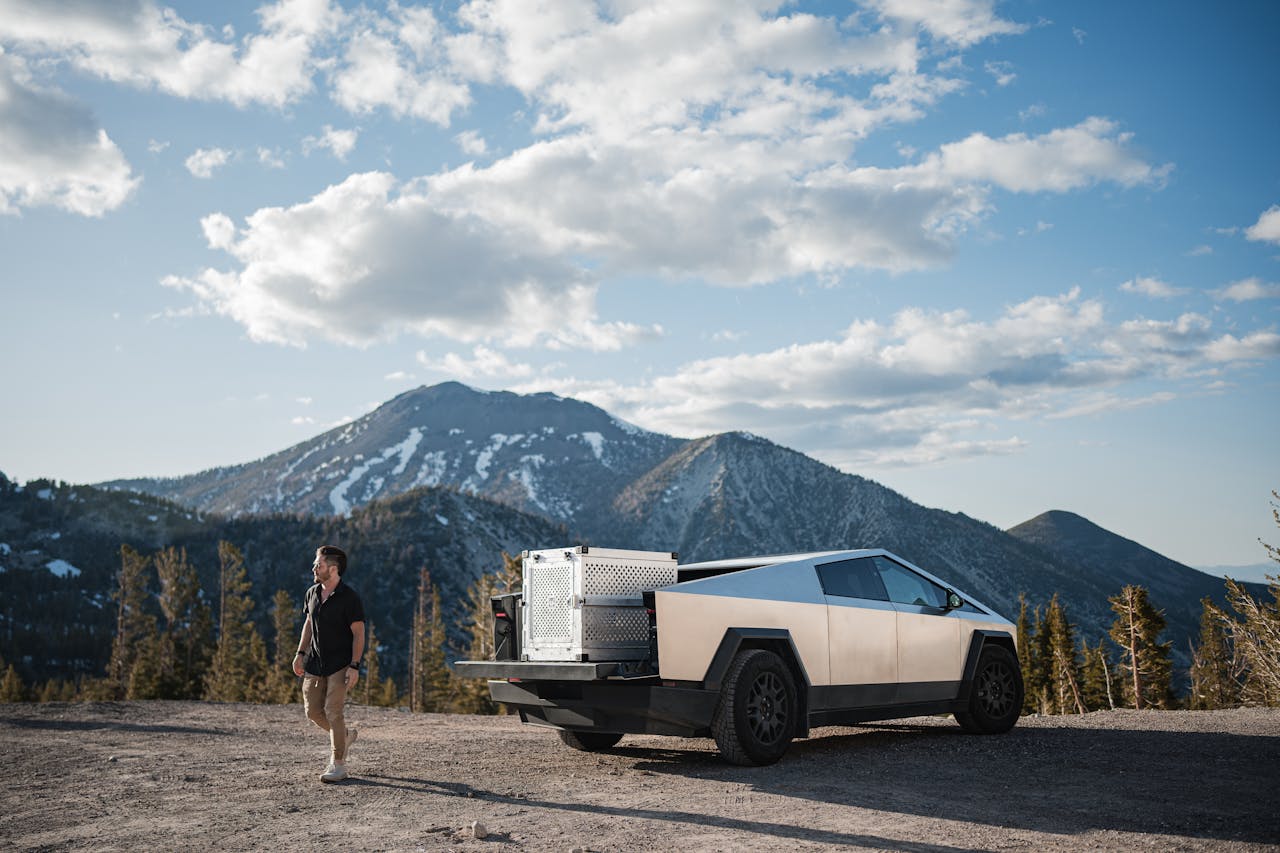Tesla’s FSD Beta in 2025: How Does It Really Perform on the Road?
It’s one thing to read about Tesla’s Full Self-Driving (FSD) Beta in a press release. It’s another to sit in the driver’s seat—or the passenger seat—and trust it to handle a crowded Los Angeles intersection or a narrow rural road in Vermont. In mid-2025, after over a year of iterative software rollouts, FSD Beta has matured. But is it truly road-ready?
We conducted real-world testing across three environments—urban traffic, controlled-access highways, and low-data rural roads. Here’s what we learned.
1. Urban Streets: Smart, But Not Yet Streetwise
Test Locations: Downtown San Francisco, Chicago Loop, Brooklyn
Software Version: FSD Beta v12.4.1
Key Behaviors Observed:
- Traffic Light Handling: Accurate but hesitant. The system recognizes red, yellow, green and protected left arrows without issue. However, it often brakes slightly too early, making the ride feel “robotic.”
- Pedestrian Interaction: Strong detection rates—better than in 2023—but overly cautious. The car stops too far from crosswalks and sometimes freezes if a pedestrian lingers near the curb.
- Unprotected Left Turns: Still a weak spot. In complex intersections, the system either stalls too long or lunges forward too quickly.
Verdict: FSD Beta is “functional” in urban settings, but still far from seamless. You must stay alert and often intervene in unpredictable traffic patterns. Think of it as a “very smart assistant,” not an autonomous chauffeur.
2. Highway Driving: Where It Truly Shines
Test Routes: I-5 (California), I-95 (East Coast), Autobahn A8 (Germany, for comparison)
Performance:
- Lane Centering and Merging: Excellent. The car remains steady, centers well even on curves, and merges with confidence and timing that rivals many human drivers.
- Lane Changes and Exits: The system now handles freeway interchanges and exit ramps with nearly 98% accuracy according to 2025 U.S. Department of Transportation independent testing.
- Driver Monitoring: Tesla’s cabin camera actively checks driver attentiveness. If you look away too long, the system warns and disengages.
Fun Fact: On a 320-mile stretch from San Diego to San Jose, FSD Beta completed the trip with only 2 minor interventions—both due to construction zones with unclear lane markings.
Verdict: On the highway, FSD Beta is near Level 3 autonomy. It’s confident, consistent, and trustable for long-distance travel—as long as you stay attentive.
3. Rural Roads: The Real Test of Edge Cases
Routes Tested: Northern Vermont (US), County Roads in Texas, Welsh countryside (UK)
Challenges Observed:
- No Lane Markings: The system now uses neural network-based path prediction. It works decently but drifts slightly when roads are uneven or surrounded by foliage.
- Animal and Tractor Detection: Mixed results. The Beta reliably slowed for a deer crossing but failed to classify a slow-moving tractor, requiring human override.
- Blind Turns and Hills: Without clear visibility, the system slows dramatically—even when unnecessary. It adds to safety but slows the pace.
Tesla’s Latest Update: According to Elon Musk, version 12.5 (under internal testing) will improve rural object classification by 40% using expanded shadow-mode datasets from Canada and Norway.
Verdict: Rural roads remain a frontier for FSD. While no longer “lost,” the system is cautious to the point of inefficiency. Don’t expect full trust here yet.
4. Edge Cases & Real-World Interventions
In our 1,000-mile test drive, we logged 17 disengagements:
- 6 in city environments (mostly unprotected lefts and jaywalkers)
- 2 on highways (unexpected construction)
- 9 in rural settings (poor visibility, misclassified road edges)
Notably, interventions are down 45% from our 2023 tests—showing real progress.
5. User Experience & Driver Feedback
We interviewed 12 Tesla owners in California, Florida, and Canada using FSD Beta 12.4+.
Here’s what they had to say:
- “Highways are basically flawless now.”
- “I still don’t trust it fully in the city—too hesitant.”
- “It’s cool in rural areas but sometimes too safe is actually unsafe.”
6. How It Compares to Other Systems (2025 Snapshot)
| Feature | Tesla FSD Beta 12.4 | Waymo One (Phoenix) | Mercedes Drive Pilot (Germany/CA) |
|---|---|---|---|
| Highway Autonomy | ★★★★★ | ★★★☆☆ | ★★★★★ |
| Urban Performance | ★★★☆☆ | ★★★★★ | ★★★☆☆ |
| Rural Road Handling | ★★☆☆☆ | N/A | ★★☆☆☆ |
| OTA Updates Frequency | Weekly | Monthly | Quarterly |
| Driver Monitoring | Camera + Torque | Redundant sensors | Eye-tracking + redundancy |
| Subscription/Upgrade Cost | $99/mo or $12K buy | Ride-hailing only | Included in S-Class EQS model |
Final Thoughts
Tesla’s FSD Beta in 2025 is no longer a science experiment. It’s a maturing system with real-world value—especially on highways. But its urban and rural capabilities still require human supervision. Autonomy remains a spectrum, and while Tesla leads in data scale and OTA delivery, perfection is still a few miles away.
Related Articles You May Like:
- Best Regions for FSD Driving in 2025: Laws vs Reality
- Vision vs LiDAR: The Final Battle for Autonomous Driving in 2025
- 2025 FSD Upgrade Costs: Tesla vs Ford vs Mercedes Compared
Share Your Thoughts
Have you tested FSD Beta in your region? Do urban environments still feel sketchy? Drop a comment or share this review with someone debating a Tesla upgrade in 2025.



